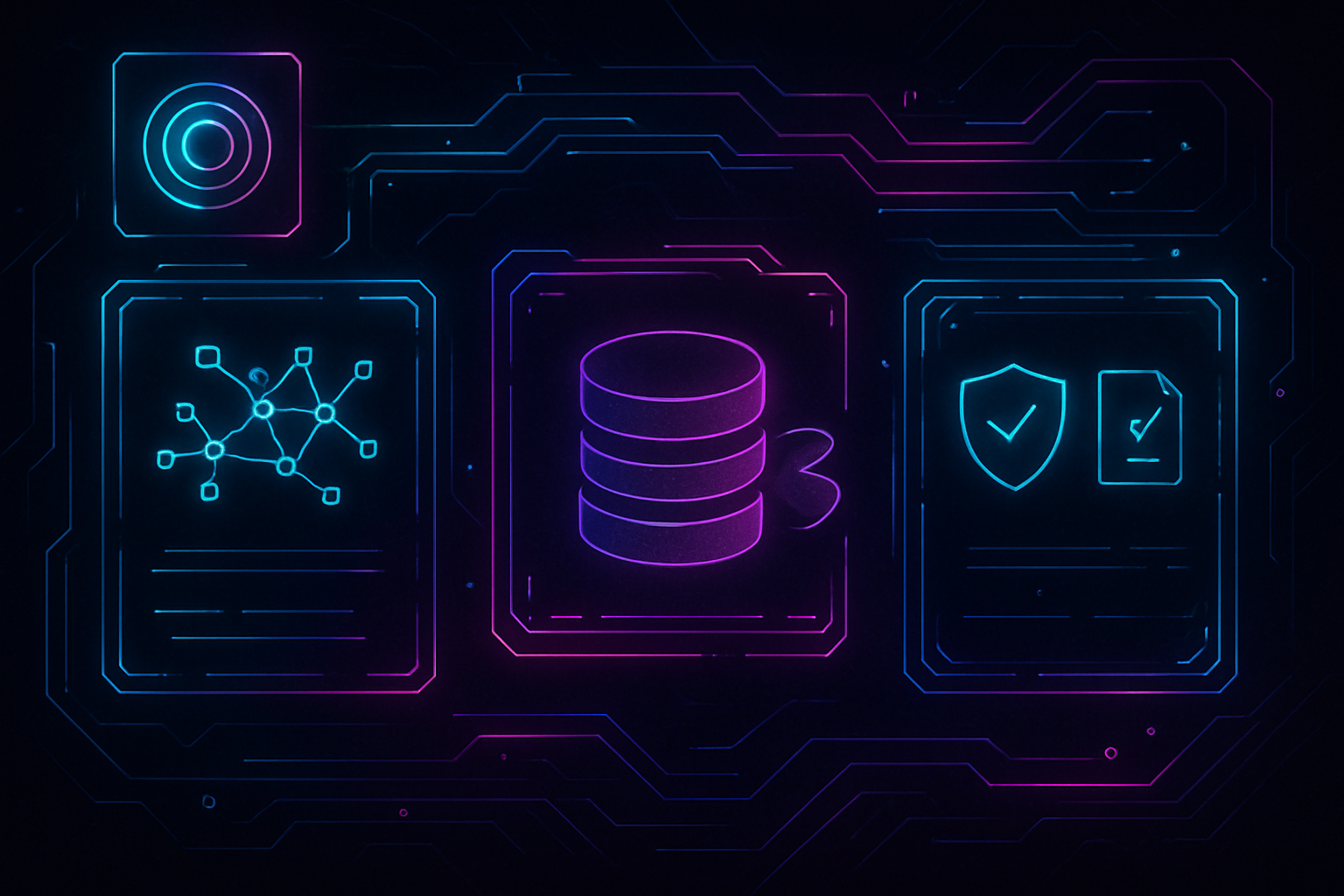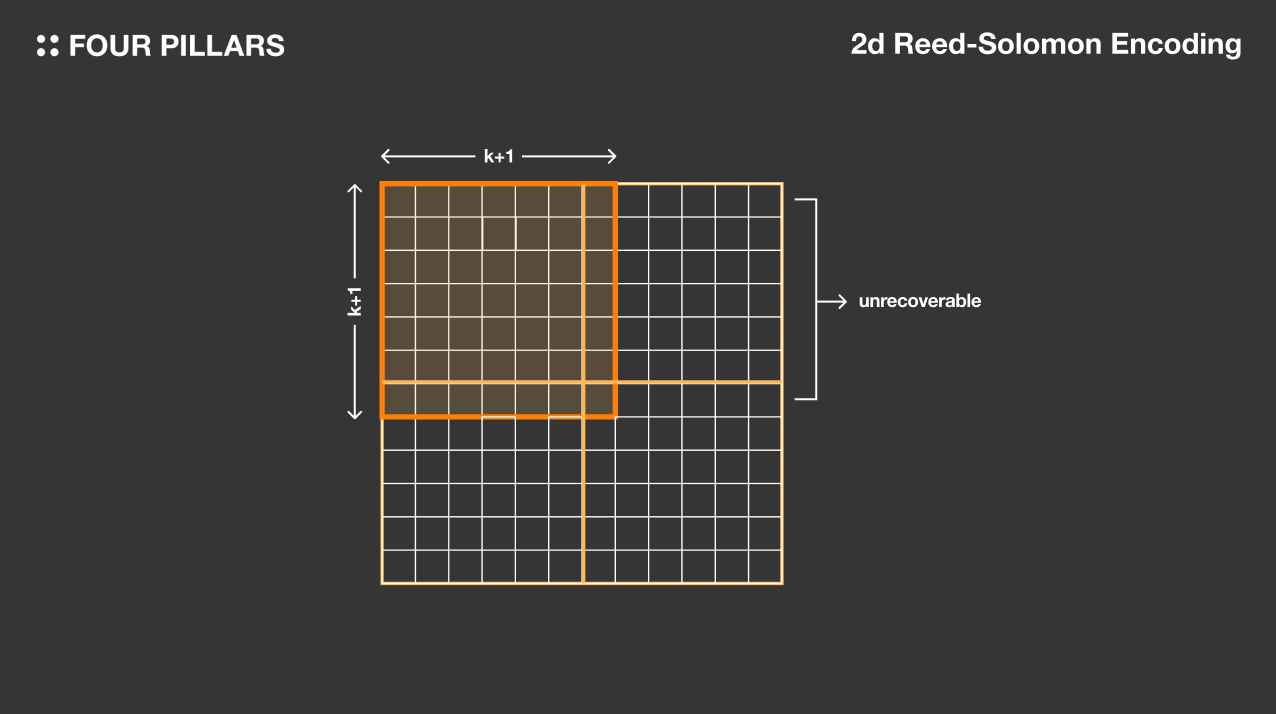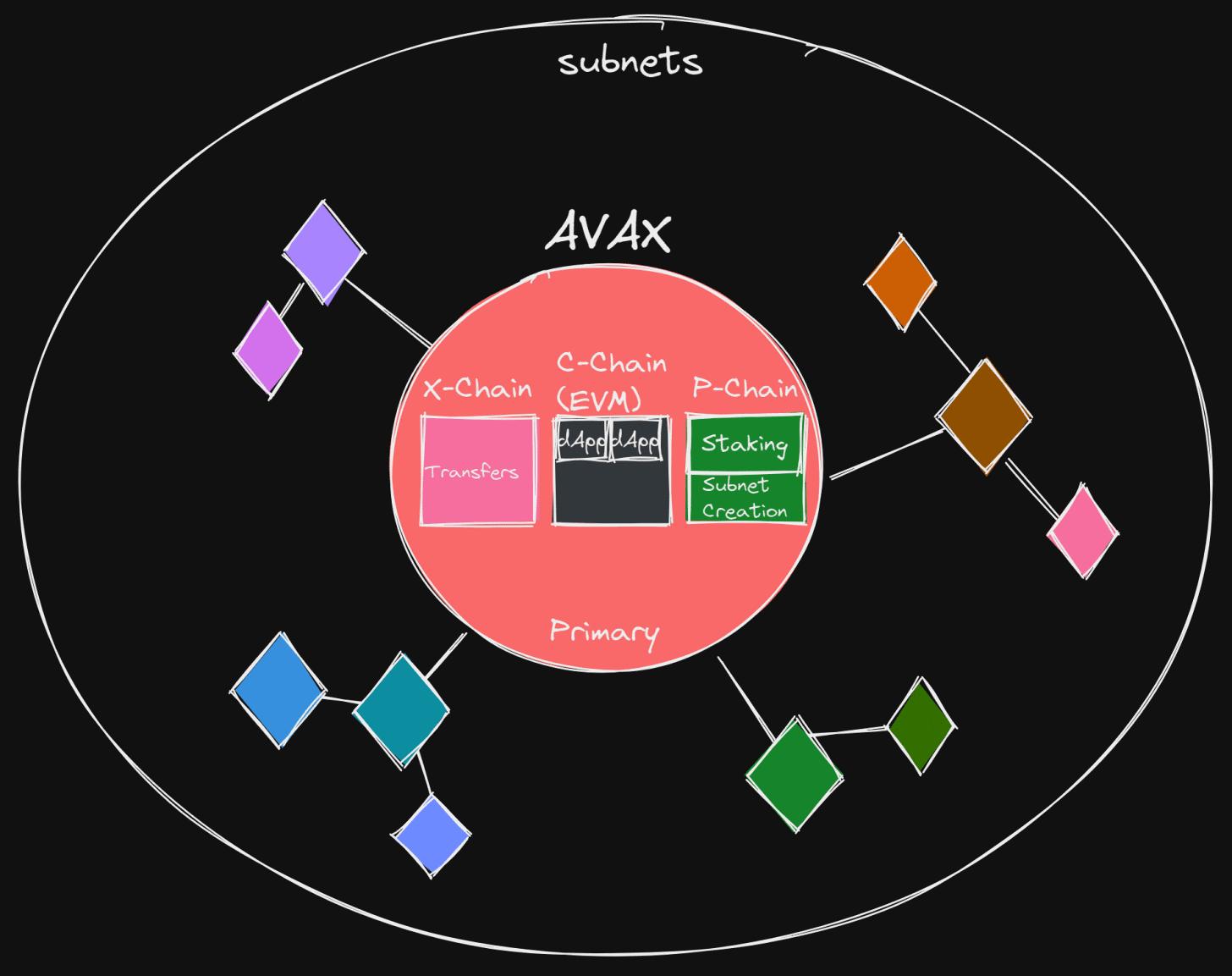
Rollups are rapidly becoming the backbone of blockchain scalability, and at the heart of this evolution is Celestia’s data availability (DA) layer. As of September 2025, Celestia (TIA) trades at $1.76, reflecting its growing adoption and strategic role in modular blockchain architectures. Over 56 rollups now rely on Celestia for DA, seeking to optimize efficiency, reduce costs, and boost security. But what does it actually mean to optimize data availability for rollups using Celestia? Let’s break down the actionable strategies that are shaping today’s best practices.

Why Data Availability Matters for Rollups
At its core, data availability ensures that all transaction data published by a rollup is accessible to anyone who wants to verify or reconstruct the state. Without robust DA, rollups risk censorship, fraud, or liveness attacks. Celestia decouples execution from consensus and DA, allowing developers to publish transaction data without burdening their own chains with storage or verification overhead.
This separation not only drives scalability but also enables a new era of flexibility for developers building on frameworks like Arbitrum Orbit and OP Stack. By using Celestia as a DA layer instead of Ethereum mainnet, projects can cut costs by over 99% while maintaining high throughput and security (source).
Strategy #1: Implement Data Availability Sampling (DAS) for Efficient Verification
The first pillar in optimizing rollup DA with Celestia is leveraging Data Availability Sampling (DAS). DAS is a breakthrough method that allows light nodes to verify that large blocks of data are truly available, without downloading every byte. Instead, blocks are split into a two-dimensional matrix and encoded using Reed, Solomon erasure codes. Light nodes then request random samples from this matrix; if enough samples are available, the whole block can be reconstructed with high probability.
This means even devices with limited bandwidth can act as honest verifiers in the network, dramatically lowering barriers to participation and decentralizing trust. For developers deploying rollups today, integrating DAS translates directly into faster verification times and lower infrastructure requirements.
Strategy #2: Leverage Celestia’s Blobspace Compression to Reduce Bandwidth Costs
The second optimization strategy focuses on blobspace compression. On Celestia, transaction data is published as blobs, large binary objects that contain all relevant information for a given rollup block. By compressing these blobs before publishing them to the DA layer, rollup operators can significantly reduce both storage and bandwidth costs.
This isn’t just theory; leading frameworks like AltLayer have already integrated blobspace compression techniques when posting data to Celestia (source). The result is scalable, affordable infrastructure that makes high-throughput applications viable even during periods of network congestion or volatility.
Celestia’s Modular Architecture Empowers Developers
The modularity of Celestia gives developers unprecedented control over their stack, from execution environments down to custom DA solutions. With tools like Namespaced Merkle Trees (NMTs), each application can efficiently retrieve only its relevant data without parsing unrelated blobs (source). This level of granularity further optimizes bandwidth usage while maintaining robust security guarantees.
As more rollups migrate to Celestia’s DA layer, the ecosystem is seeing tangible improvements in both cost efficiency and throughput. For example, publishing compressed blobs can reduce data posting expenses by orders of magnitude compared to legacy monolithic chains. At the current Celestia (TIA) price of $1.76, these savings are particularly attractive for new projects and established protocols alike, fueling a new wave of innovation across DeFi, gaming, and beyond.
Top Strategies to Optimize Data Availability in Rollups
-

Implement Data Availability Sampling (DAS) for Efficient VerificationCelestia’s Data Availability Sampling (DAS) allows light nodes to efficiently verify that rollup data is available without downloading entire blocks. By sampling random portions of data encoded with Reed–Solomon erasure codes, rollup developers and users benefit from faster, more secure data verification and reduced resource requirements.
-

Leverage Celestia’s Blobspace Compression to Reduce Bandwidth CostsCelestia organizes transaction data into blobs and uses blobspace compression to minimize storage and bandwidth needs. This approach significantly lowers the cost of posting rollup data—for example, using Celestia for data availability can save over 99% compared to traditional blockchains—making rollups more scalable and affordable for both developers and users.
-

Adopt Modular Security Practices with Fraud and Validity ProofsBy integrating fraud and validity proofs within a modular architecture, rollups on Celestia can enhance security and trustlessness. This ensures that only valid transactions are processed and that users can independently verify the integrity of the rollup, reducing reliance on centralized actors.
Strategy #3: Adopt Modular Security Practices with Fraud and Validity Proofs
Security remains paramount as rollups scale. The third actionable strategy for optimizing DA with Celestia is to adopt modular security practices: specifically by integrating fraud proofs (for optimistic rollups) or validity proofs (for zero-knowledge rollups). These mechanisms enable anyone to challenge or verify state transitions using only the data made available on Celestia’s DA layer.
With robust data availability guaranteed by DAS and efficient retrieval via NMTs, these proofs become significantly more practical. Rollup operators can confidently rely on Celestia for timely access to all necessary transaction data, making it possible to detect fraud or invalid transitions before finalization. This not only protects users but also strengthens the overall trust model of modular blockchains, an essential step as adoption accelerates.
Best Practices for Secure Rollup Deployments
To maximize the benefits of Celestia’s DA innovations:
- Integrate continuous monitoring: Set up alerts for missing or delayed data availability samples to catch issues early.
- Regularly update compression algorithms: As new methods emerge, staying current ensures optimal bandwidth savings.
- Test proof verification circuits: Simulate edge cases in fraud/validity proofs using real-world blob data from Celestia’s testnets.
The convergence of these strategies, efficient sampling, smart compression, and modular security, creates a robust foundation for any project aiming to build scalable applications on top of Celestia’s DA layer. As more frameworks like Arbitrum Orbit and OP Stack offer native support for Celestia integration, expect best practices around DA optimization to evolve rapidly in response to community feedback and market demands.
Looking Forward: The Modular Rollup Era
The modular approach championed by Celestia is already reshaping what’s possible in blockchain development. With over 56 rollups leveraging its DA layer as of September 2025, and a thriving ecosystem building around its $1.76 token price, Celestia stands at the forefront of affordable scalability and robust security.
If you’re considering launching a new rollup or migrating an existing project, now is the time to implement these three strategies:
- Implement Data Availability Sampling (DAS)
- Leverage Blobspace Compression
- Adopt Modular Security with Proofs
This trio forms the backbone of modern best practices for optimizing rollup data availability with Celestia, and will continue driving innovation well into the next phase of blockchain evolution.






